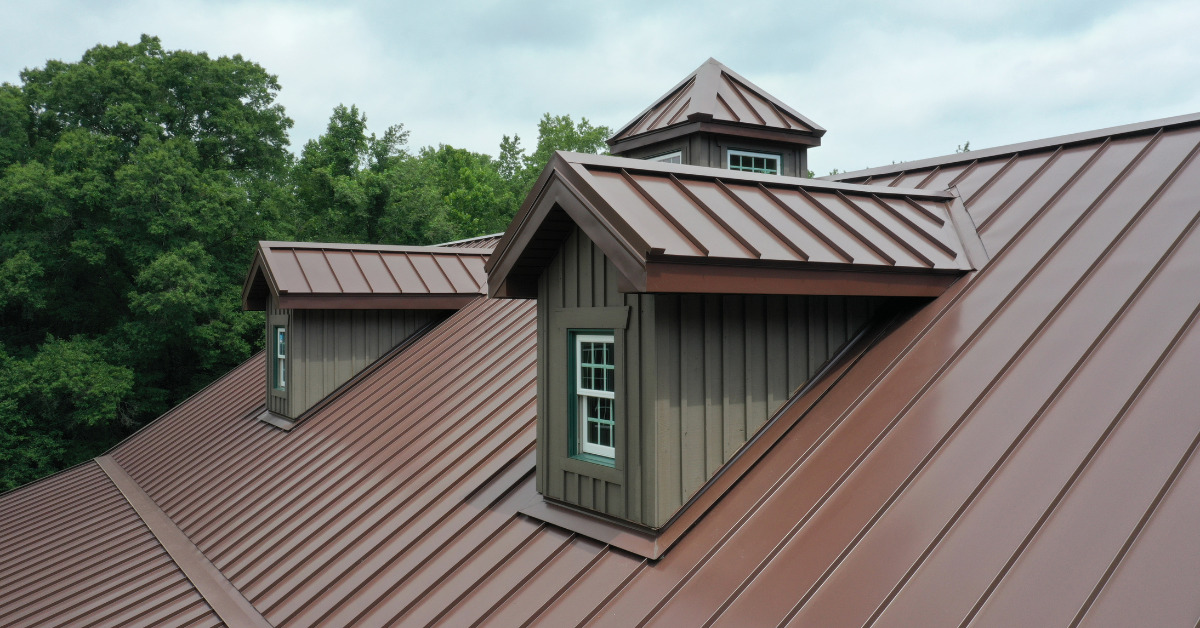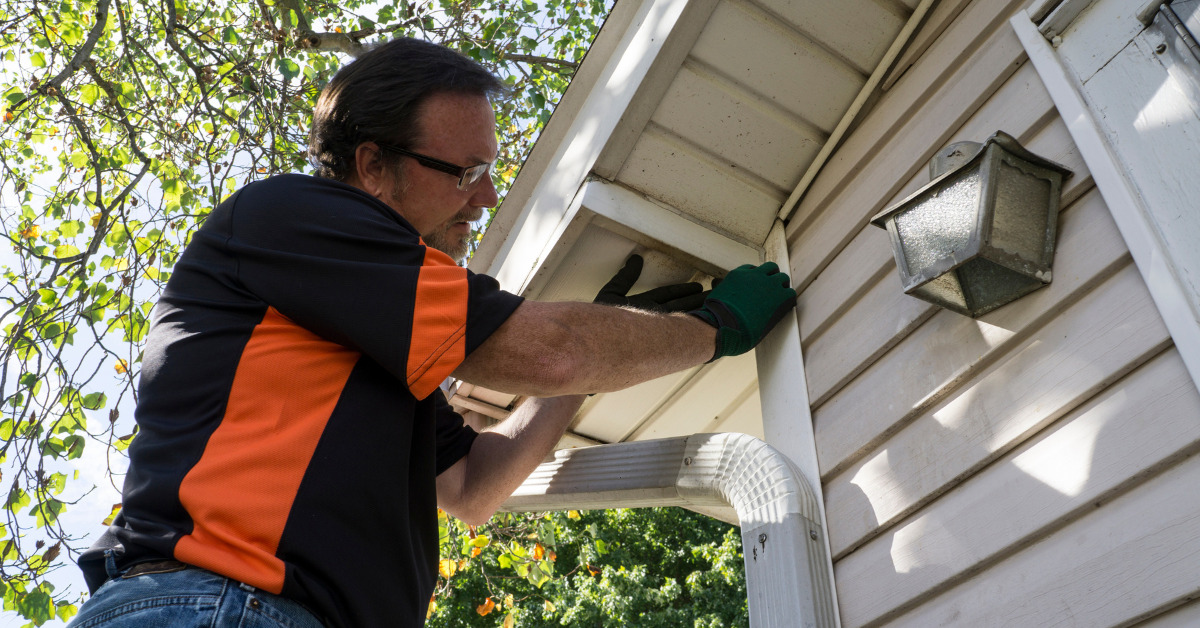While asphalt shingles are by far the most popular form of roofing for residential homes – four out of five houses have asphalt shingle roofs – metal roofing is quickly growing in popularity, particularly in the Philadelphia area and suburbs. We are seeing more and more metal roofs around the Bucks County area, providing accent texture and color, and other local counties are also following the trend.
Metal roofs are now the second-most popular roofing choice among American consumers. Homeowners are choosing metal for their new construction, and many are choosing to replace or cover their old asphalt roofs with a beautiful new metal roof.
Benefits of a metal roof
Metal is a superior product for roofing in many ways, and with the myriad of options in design and color now available, M&K Roofing and Siding has had many clients choose metal over asphalt for its many benefits.
1. Metal is one of the longest-lasting roofing options. While more expensive than asphalt shingles, it can last much longer. Asphalt typically lasts 20-30 years, but metal lasts 50 years or more. Other roofing materials that last 50+ years include slate, simulated slate, and clay or concrete tiles, which cost significantly more than metal. So if you’re looking for a long-lasting roof, metal is the most economical option.
2. Metal is easy to install because it’s lighter and because there are fewer pieces to install than asphalt shingles. Instead of coming in small pieces that have to be carefully laid on top of each other, metal comes in sheets that install faster and that fasten in place more easily than hundreds of separate shingles.
Metal can even be installed directly over an existing asphalt roof if your installer has closely inspected the sheathing and the rest of the roofing substrata to confirm that it is in excellent condition. At M&K Roofing and Siding, we inspect roofs very carefully before doing that, because if you install over an existing roof that has any problems, you will eventually have to repair it, and you will have wasted your new roof. But if your house is fairly new and you want to change your look, laying on top of asphalt is an option.
3. Metal is more weatherproof. Here in Southeast PA, the weather is brutal on roofs. We are blessed with a moist environment year-round and the pleasure of four seasons. But these blessings are really hard on our roofs (and siding). We experience the occasional heavy snowfall, high winds, and heavy rains, and while we rarely see hurricanes or tornadoes, they do happen from time to time. In 2021, seven tornadoes tore through the Philadelphia area in a matter of hours, tearing whole roofs of asphalt shingles right off many houses. But metal roofs have been known to withstand winds in excess of 140 miles per hour.
In addition, metal reflects heat, keeping the house cooler in the warm summer months and saving on air conditioning. While a metal roof would also reflect heat in the winter, the metal can be installed over insulation or with an air space, which will prevent the cold of the roof from penetrating into the home. This installation practice will also decrease noise from the roof in a hard rain.
4. Metal roofs shed snow and rain and work well on low-pitched roofs. Rain does not have time to rest on a metal roof and sink in anywhere. Snow and ice can build up on asphalt shingles, but this is not a problem with metal roofs, because they heat up faster than surrounding surfaces and quickly melt snow.
5. Metal roofs are low maintenance. If your home is near trees or any part of it is in the shade, algae and fungus can grow on asphalt. This can create moist conditions that can speed up the deterioration of the roof or seep into the house and cause great damage. So it’s essential to keep an asphalt roof clear of growth. And because asphalt roofing is made of many small parts, a homeowner should look closely at the roof a couple of times a year, especially after storms, to see if any damage needs to be repaired. Additionally, the asphalt gradually degrades and sheds the small mineral granules that cover the surface of the shingles.
Metal has none of these issues. It wears well, and the fastener technology has improved significantly in recent years, so even the fasteners rarely need to be replaced or repaired.
There are many other benefits we could list, but these are some of the most important. Asphalt shingles are still a great option, as are the other choices, but metal has some distinct advantages that are worth considering.
Contact us today at our Main Line office, (610) 353-2895, for a free evaluation. We have the experience and integrity to give you an honest assessment of your roof and recommend the best materials for your home and your budget.










